
It’s not just fewer huntersit’s a cultural shift that’s rewriting Michigan’s outdoors. For decades, deer season was as much a tradition as Thanksgiving, with buck poles and camp coffee anchoring the fall. Now, with more than 200,000 fewer hunters since the mid-1990s, the ripple effects are showing up in the woods, on highways, and in the Michigan Department of Natural Resources’ budget.
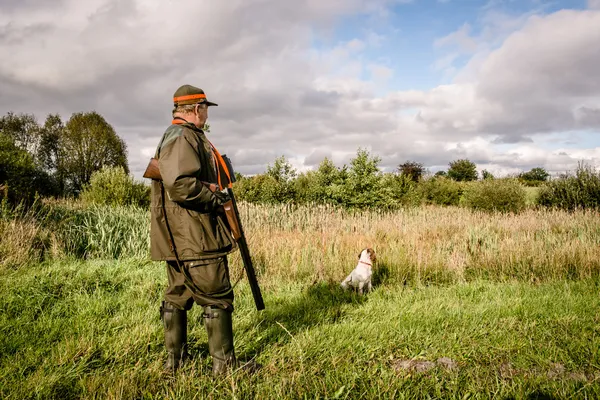
1. The Numbers Behind the Decline
From 1995 to 2023, Michigan’s hunting participation dropped about 30%, falling from roughly 800,000 to 600,000 licensed hunters. DNR biologists said it’s driven by aging participants, reduced youth involvement, and shrinking access to private lands. Younger people are “doing five, six, seven things to get a scholarship” and then often relocate for college, making the commitment to hunting tougher, says Brent Rudolph, deer, elk, and moose management specialist for the state.
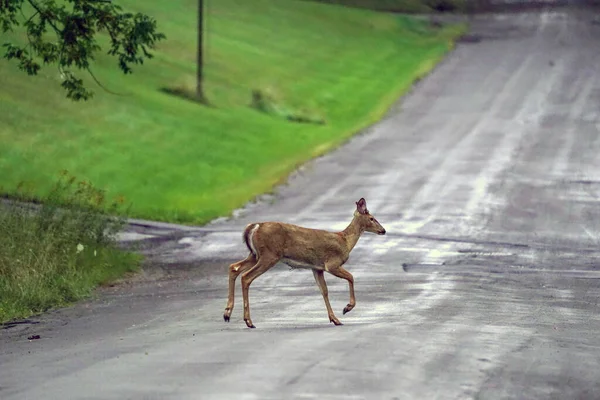
2. More Deer, More Problems
With hunters as the primary population control, fewer filled tags translate to more deer on the landscapenow estimated at over two million, heavily concentrated in the southern Lower Peninsula. Overabundance leads to “an increase in deer vehicle collisions” and crop damage, according to Samantha Courtney, a DNR deer biologist. In 2023, Michigan recorded 58,000 deer-vehicle crashes. AAA reports 43% of those crashes occurred in October through December. Chronic wasting disease and bovine tuberculosis risks also rise when deer are “packed together,” Rudolph says.

3. Ecological Stress and Disease Susceptibility
The vegetation is stripped by dense herds, leaving obvious browse lines in forests and reducing habitat for other species. In areas such as Oakland County parks, deer densities have reached as high as 70+, far over recommended levels of 10–30. This crowding speeds the spread of diseases such as bovine tuberculosis, which has lingered for decades in portions of northeastern Michigan. Targeted by the Michigan Bovine Tuberculosis Eradication Program, high-risk zones are subject to feeding bans, antlerless harvest quotas, and on-farm biosecurity measures, yet prevalence rates have remained stuck near 2% in endemic areas.
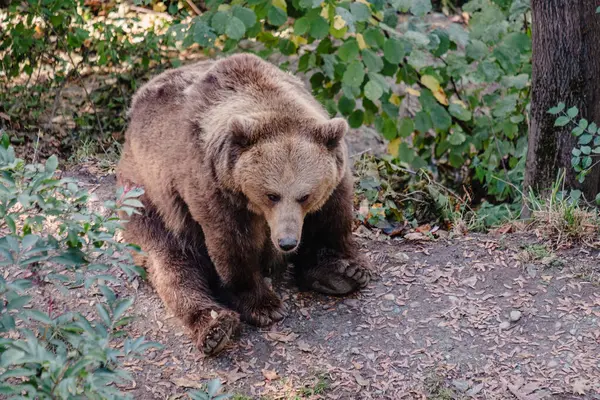
4. The Budget Squeeze
License sales translate directly to Michigan’s share of federal Pittman-Robertson dollars, which account for 47% of the state’s wildlife budget. Fewer licenses equate to fewer dollars for habitat projects, public land access, and conservation programs that benefit all outdoor users. Legislative attempts to raise license fees-such as Senate Bill 276’s proposal to boost a resident combo license to $150-have met political resistance, forcing the DNR to consider other revenue streams.
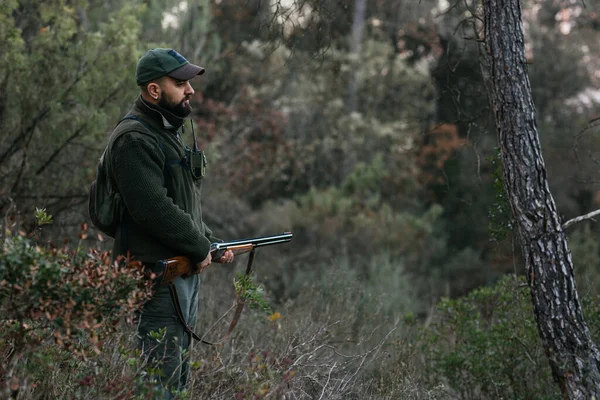
5. Youth Engagement and Mentorship
To combat the decline, the DNR has reduced the minimum hunting age, implemented mentor licenses, extended seasons, and provides free hunter safety classes. Private initiatives augment the effort”We’re fighting TV and phones in the hunting world right now,” says Mark Kruizenga of Kruizenga Archery, which offers free range time to kids under 16. Experts emphasize that hands-on mentorship is crucial-without time in the field with experienced hunters, newcomers rarely stick with the sport.

6. Urban and Suburban Challenges
Southern Michigan’s sprawl has given deer safe havens, with plenty to eat from gardens and landscaping, and little chance of being hunted. Fragmented suburban landscapes make it tough to track and recover deer, says DNR’s Stewart, and there’s little chance of reintroducing predators such as cougars or wolves. Volunteer sharpshooter programs have been effective in some communities but require years of sustained effort to keep numbers in check.

7. Community-Based Solutions
Local deer management coalitions and municipal programs are trying selective culls, habitat manipulation, and even sterilizationthough Stewart says surgical sterilization costs more than $1,000 a deer, and 80% of females need to be treated to have any effect. For the highest-density areas, combining practices such as hunting, sharpshooting, habitat modifications, and disease monitoring provides the best opportunity for readjusting the balance.
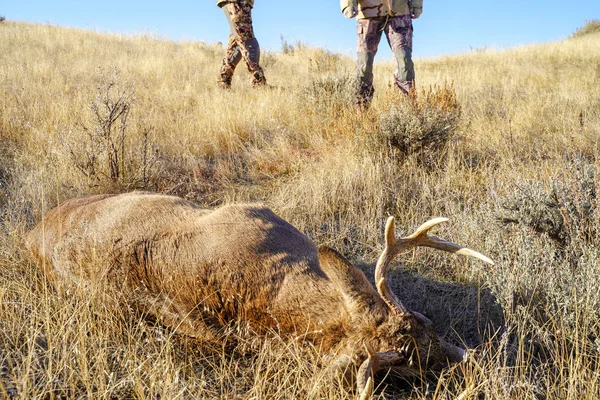
8. The Cultural Connection
Veteran hunter Larry Petrella remembers racing to hunt with his dad and uncles, a tradition that’s fading. Media reports from Mid-Michigan Now, WWMT-TV, and WOOD TV8 make it clear that cultural transmissionstories, shared camps, first sunrises in the blindis as critical as policy changes. Without those connections, the next generation won’t arrive on its own.

Efforts to reverse Michigan’s 25-year slide in hunter numbers hinge on lowering barriers, multiplying mentors, and bringing hunting closer to where people live. The stakes go beyond deer tagsthey touch road safety, farm livelihoods, ecosystem health, and the survival of a tradition that has defined Michigan’s outdoors for generations.


